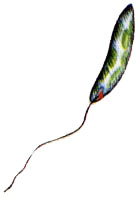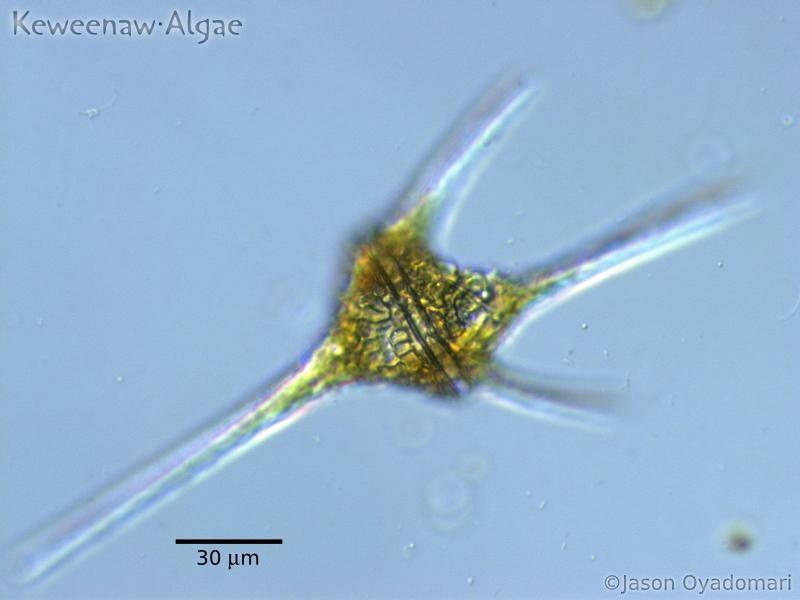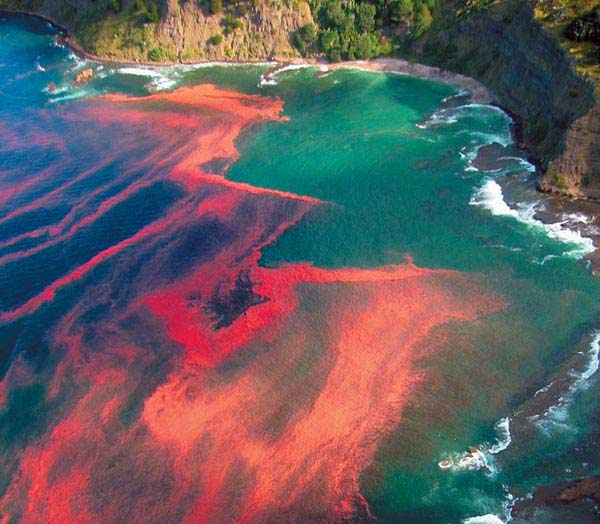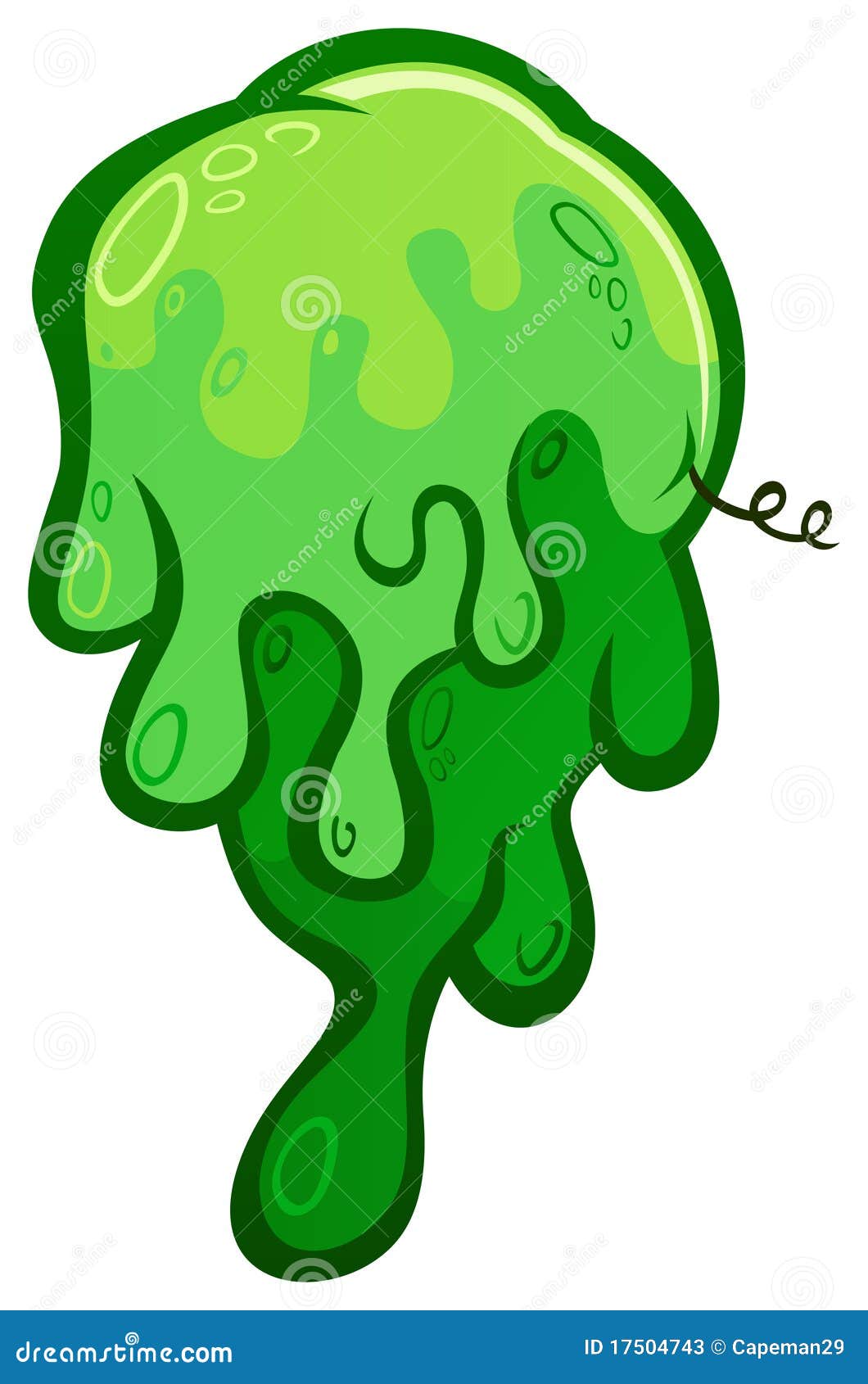Algae
As you know I did a recent post on animal-like protists and now I am doing one on plant-like protists. This blog post will be mainly about algae. Most people think of algae as disgusting goop that resides on the surface of ponds but there is much more to it than that.
 |
| Algae bloom. |
 |
| A single algae. |
The first group is green algae which is the most common type of algae. Almost half of the world's oxygen comes from green algae.

Red algae live deep underwater.Red algae have chlorophyll (used for photosynthesis) but they have a red pigment instead of a green one. The reason they are red is because the red pigment helps them absorb sunlight from deep in the ocean.
Brown algae live underwater too. Many types of kelp and seaweed are a species of brown algae.

Euglenoids are next. They have a whip like flagella and eyespots that are sensitive to light.

The celll walls of diatoms or gold-brown algae are rich in silica, the main element in glass.

Dinoflagellates have special flagella that spin them circles. They are also responsible for red tide which is an algal bloom of dinoflagellates and can harm the ecosystem. Red tide blocks out sunlight from other organisms and deplete oxygen levels in the water.

 | |||||
| Red tide. |
Algae are useful to use in many ways. Almost half of the oxygen on the planet comes from them. We also eat red and brown algae. Red algae makes stuff like pudding and toothpaste nice and smooth.
That's it for today see you later.


No comments:
Post a Comment